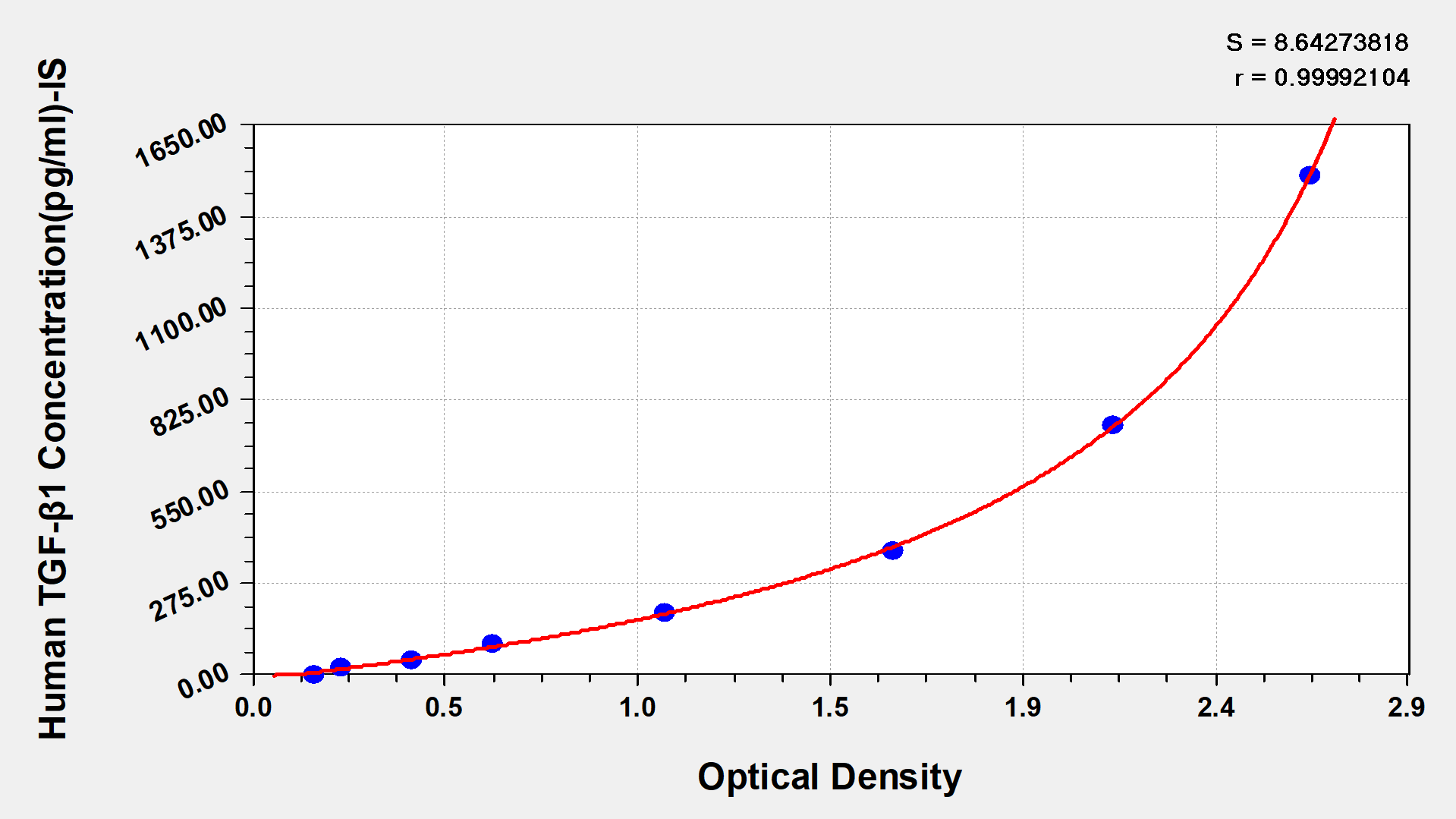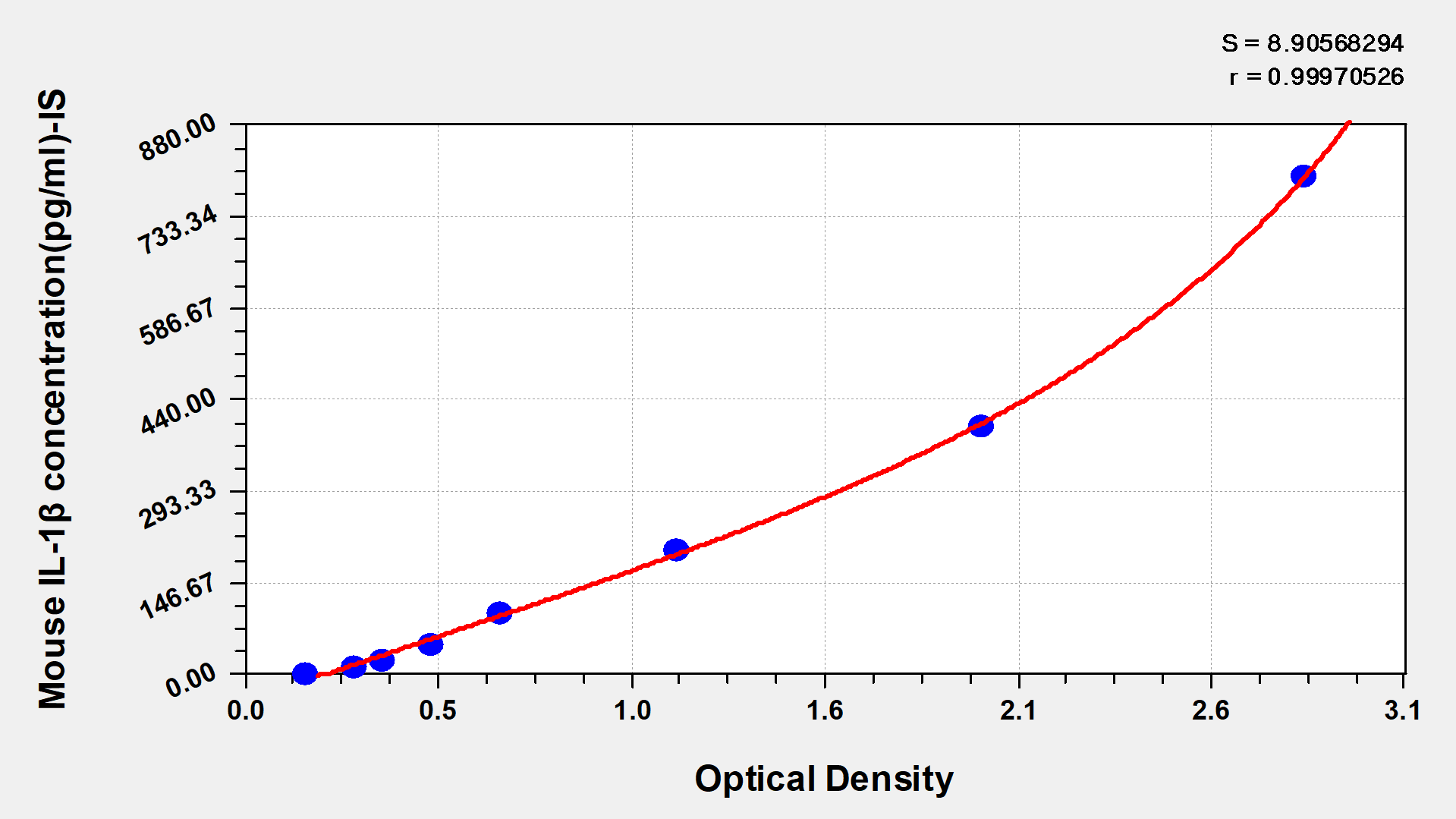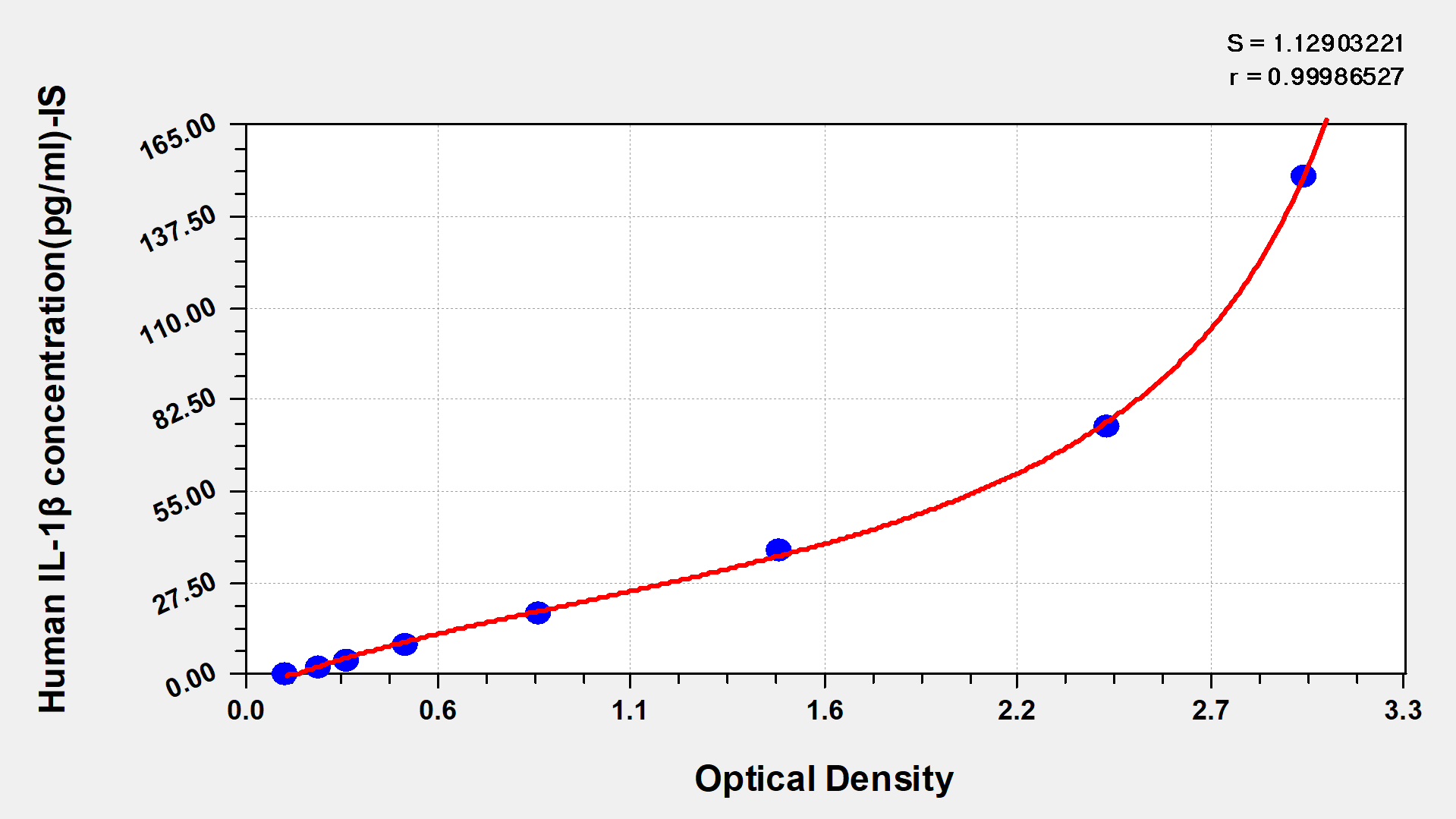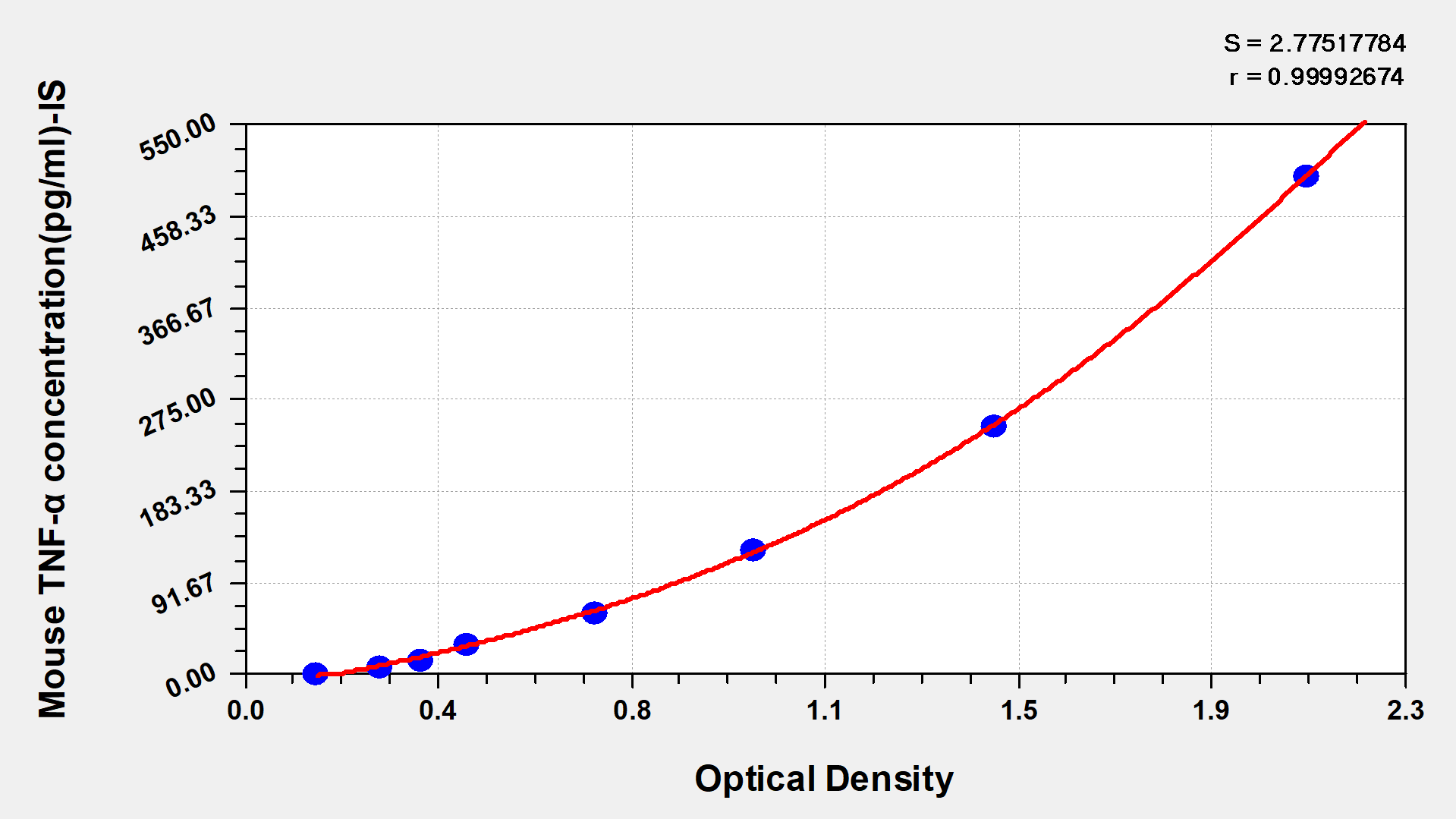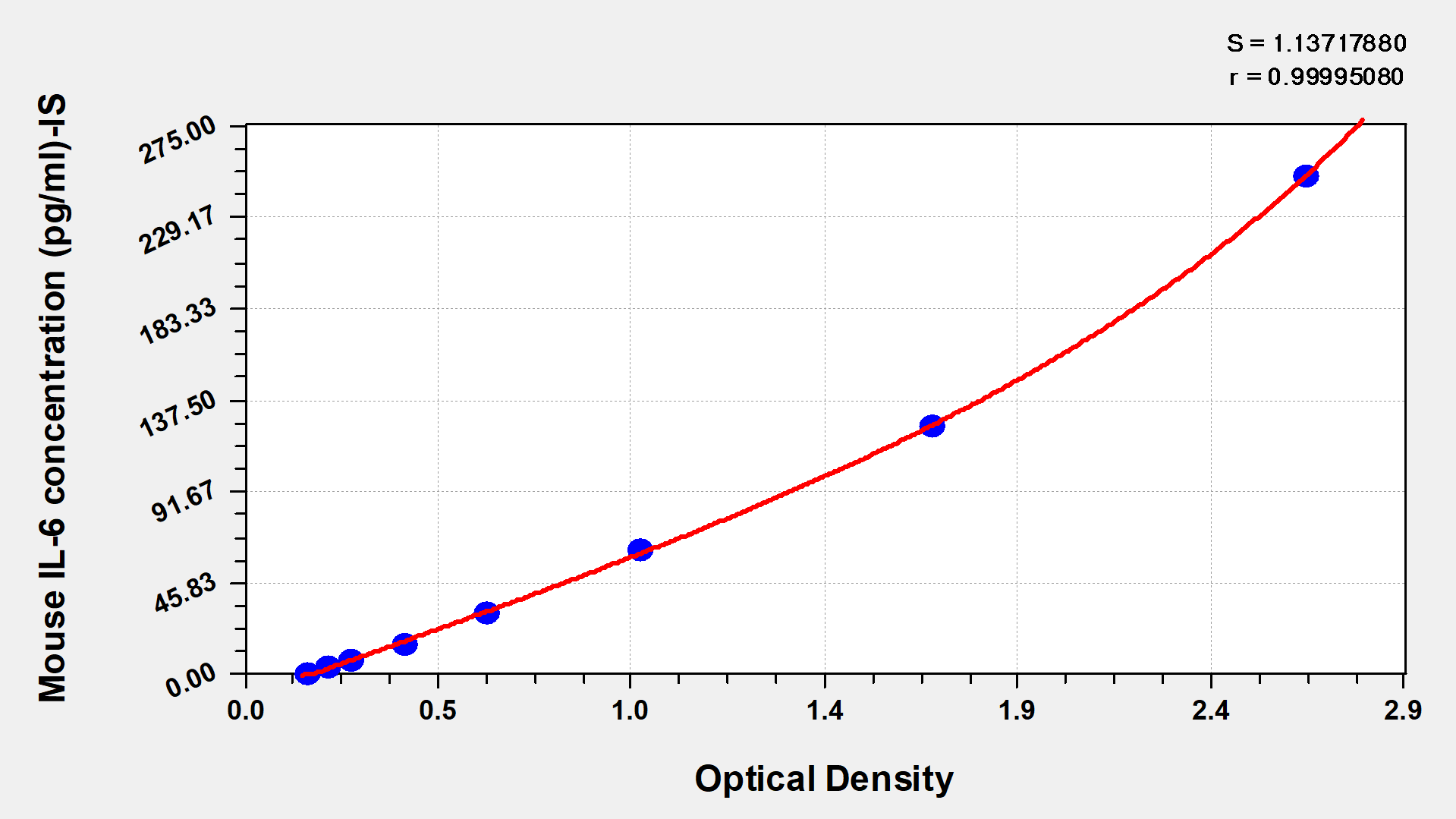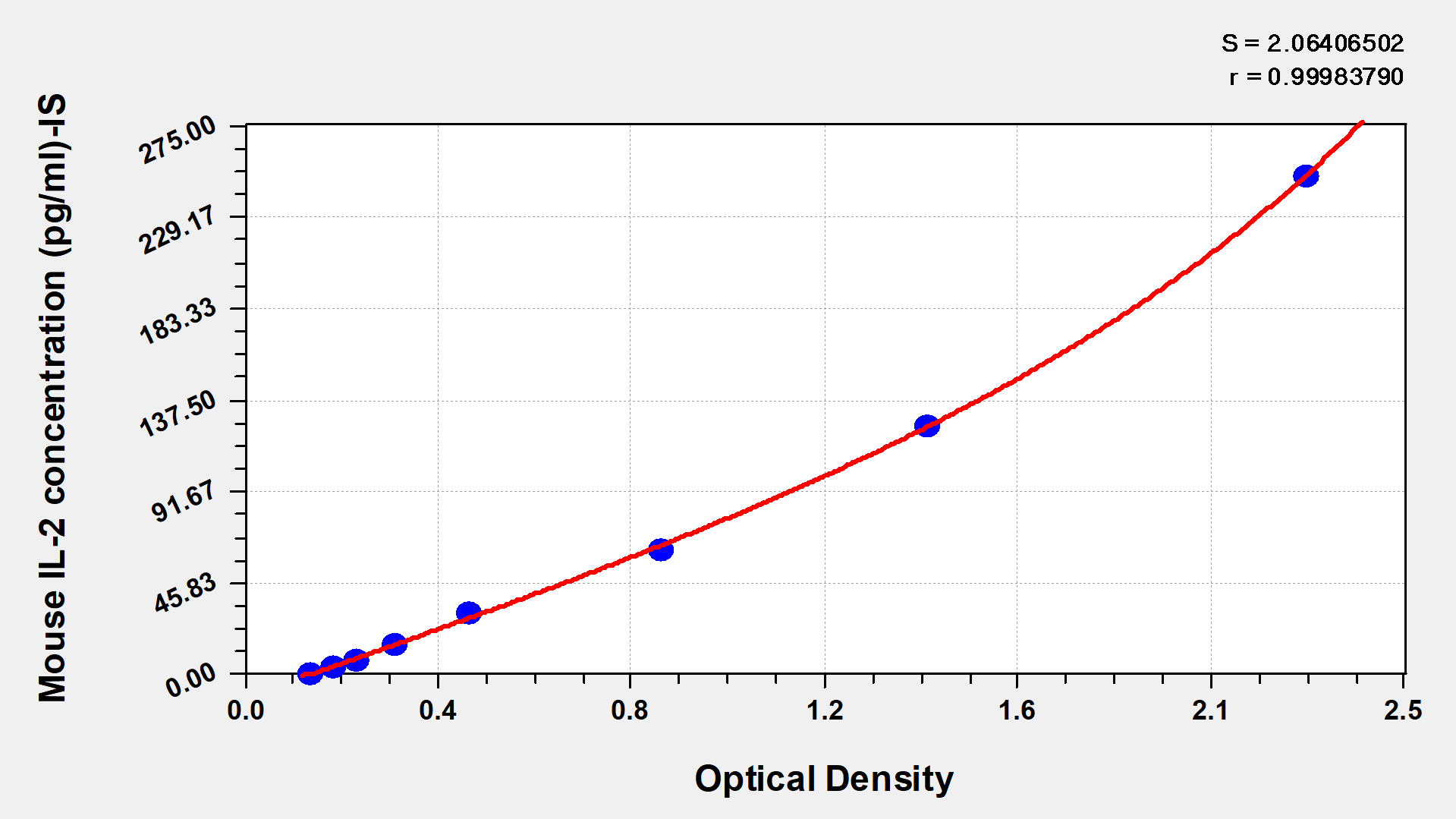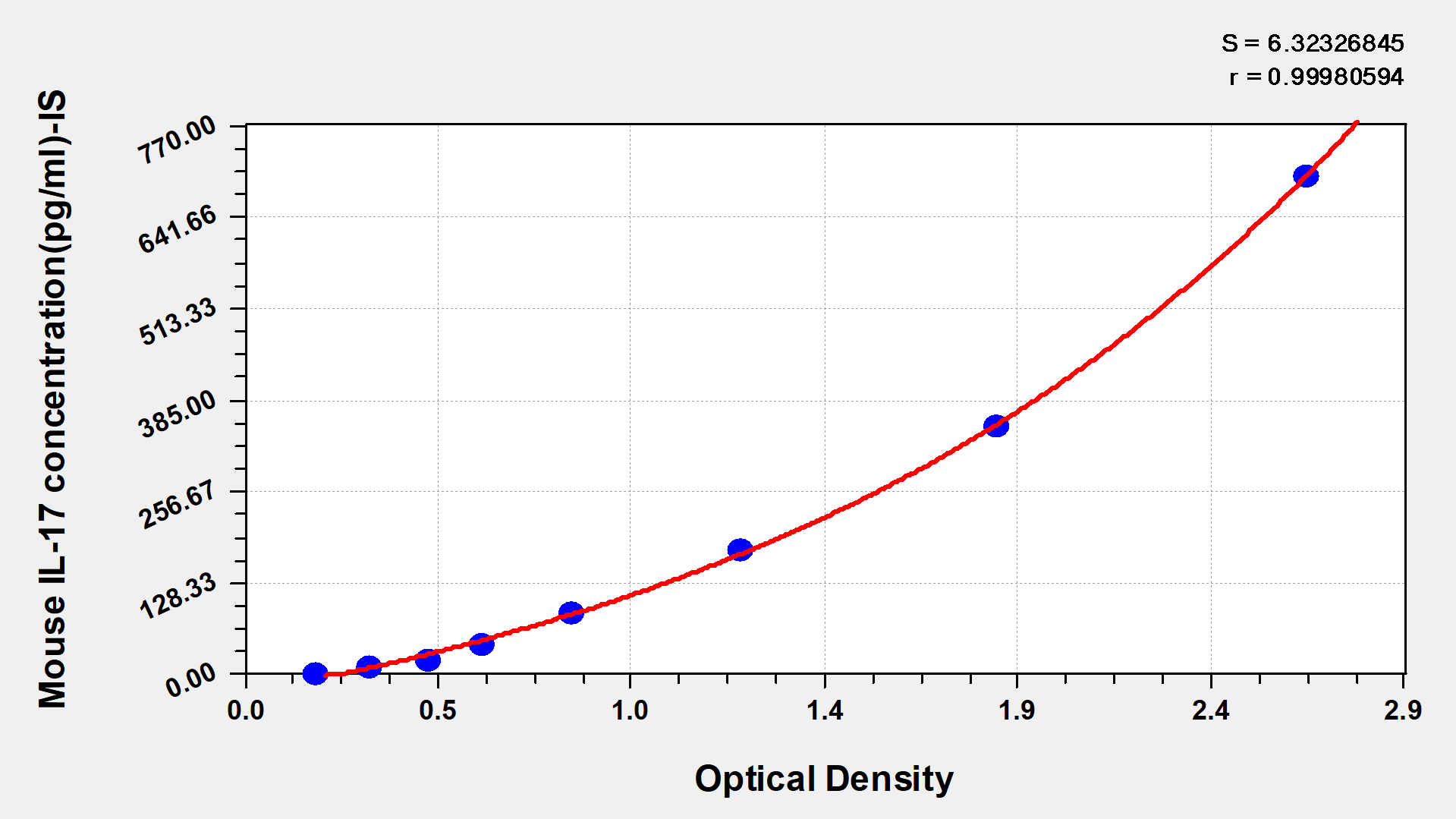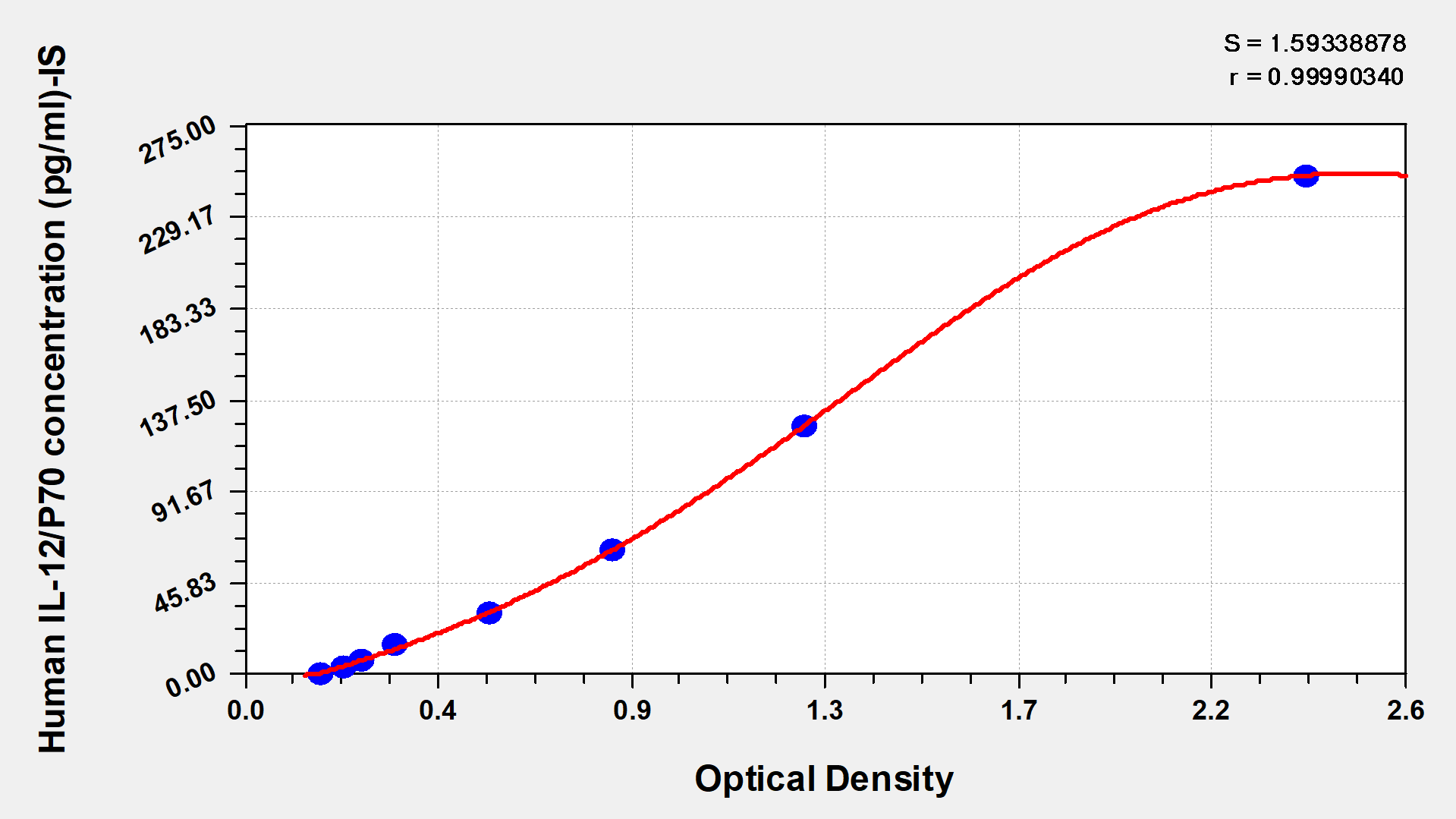-
中文名称:牛热休克蛋白70(HSP-70)酶联免疫试剂盒
-
货号:CSB-E13452B
-
规格:96T/48T
-
价格:¥4200/¥3000
-
其他:
产品详情
-
产品描述:CUSABIO牛热休克蛋白70(HSP-70)酶联免疫检测试剂盒(货号:CSB-E13452B),适用于定量检测牛血清、血浆及组织匀浆样本中的HSP-70蛋白,检测灵敏度为1.25-20 ng/mL。HSP-70作为细胞应激反应的重要分子伴侣蛋白,广泛参与蛋白质折叠、细胞保护及抗凋亡等生理过程,其表达水平变化可反映机体在热应激、感染或氧化损伤等条件下的生理状态。CUSABIO试剂盒采用竞争法检测原理,通过标准品与样本中HSP-70对特异性抗体的竞争结合实现定量分析,操作流程包含预包被板、生物素标记抗体及显色反应等步骤。该产品适用于畜牧科研领域,可用于探究热应激对牛生理机能的影响、疾病模型中细胞应激机制研究,或评估饲养环境因素对牛群健康状态的潜在影响,为动物生理学、病理学及畜牧业管理研究提供可靠工具。
-
缩写:HSP-70
-
Uniprot No.:
-
种属:Bos taurus (Bovine)
-
样本类型:serum, plasma, tissue homogenates
-
检测范围:1.25 ng/mL-20 ng/mL
-
灵敏度:1.25 ng/mL
-
反应时间:1-5h
-
样本体积:50-100ul
-
检测波长:450 nm
-
研究领域:Signal Transduction
-
测定原理:quantitative
-
测定方法:Competitive
-
精密度:
Intra-assay Precision (Precision within an assay): CV%<15% Three samples of known concentration were tested twenty times on one plate to assess. Inter-assay Precision (Precision between assays): CV%<15% Three samples of known concentration were tested in twenty assays to assess. -
线性度:
To assess the linearity of the assay, samples were spiked with high concentrations of bovine HSP-70 in various matrices and diluted with the Sample Diluent to produce samples with values within the dynamic range of the assay. Sample Serum(n=4) 1:1 Average % 96 Range % 91-101 1:2 Average % 90 Range % 85-94 1:4 Average % 98 Range % 92-103 1:8 Average % 93 Range % 86-98 -
回收率:
The recovery of bovine HSP-70 spiked to levels throughout the range of the assay in various matrices was evaluated. Samples were diluted prior to assay as directed in the Sample Preparation section. Sample Type Average % Recovery Range Serum (n=5) 84 80-89 EDTA plasma (n=4) 95 91-99 -
标准曲线:
These standard curves are provided for demonstration only. A standard curve should be generated for each set of samples assayed. 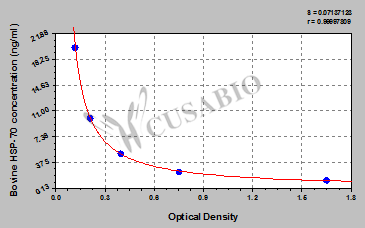
ng/ml OD1 OD2 Average 20 0.135 0.131 0.133 10 0.219 0.231 0.225 5 0.427 0.401 0.414 2.5 0.747 0.792 0.770 1.25 1.724 1.626 1.675 -
数据处理:
-
货期:3-5 working days
引用文献
- Weather Resilience in Grazing Beef Heifers with Differing Residual Feed Intake MC Londono Mendez,Thesis&Dissertation,2024
- Welfare and performance benefits of shade provision during summer for feedlot cattle in a temperate climatic zone DW Miller, AL Barnes, T Collins,Journal of animal science,2024
- A study on stress response and fertility parameters in phenotypically thermotolerant and thermosensitive dairy cows during summer heat stress I Nanas,Reprod Domest Anim,2020
- Crossbred Cows Respond Differently from Holstein Frisian and Bos Indicus to Heat Stress Under Various Climatic Conditions. Khan, Ikramullah.et al,Sarhad Journal of Agriculture,2018
- Inorganic zinc supplementation modulates heat shock and immune response in heat stressed peripheral blood mononuclear cells of periparturient dairy cows Aasif Ahmad Sheikh.et al,Theriogenology.,2017
- Effects of transport distance, lairage time and stunning efficiency on cortisol, glucose, HSPA1A and how they relate with meat quality in cattle Chulayo AY.et al,Meat Sci.,2016
靶点详情
-
功能:Molecular chaperone implicated in a wide variety of cellular processes, including protection of the proteome from stress, folding and transport of newly synthesized polypeptides, activation of proteolysis of misfolded proteins and the formation and dissociation of protein complexes. Plays a pivotal role in the protein quality control system, ensuring the correct folding of proteins, the re-folding of misfolded proteins and controlling the targeting of proteins for subsequent degradation. This is achieved through cycles of ATP binding, ATP hydrolysis and ADP release, mediated by co-chaperones. The co-chaperones have been shown to not only regulate different steps of the ATPase cycle, but they also have an individual specificity such that one co-chaperone may promote folding of a substrate while another may promote degradation. The affinity for polypeptides is regulated by its nucleotide bound state. In the ATP-bound form, it has a low affinity for substrate proteins. However, upon hydrolysis of the ATP to ADP, it undergoes a conformational change that increases its affinity for substrate proteins. It goes through repeated cycles of ATP hydrolysis and nucleotide exchange, which permits cycles of substrate binding and release. The co-chaperones are of three types: J-domain co-chaperones such as HSP40s (stimulate ATPase hydrolysis by HSP70), the nucleotide exchange factors (NEF) such as BAG1/2/3 (facilitate conversion of HSP70 from the ADP-bound to the ATP-bound state thereby promoting substrate release), and the TPR domain chaperones such as HOPX and STUB1. Maintains protein homeostasis during cellular stress through two opposing mechanisms: protein refolding and degradation. Its acetylation/deacetylation state determines whether it functions in protein refolding or protein degradation by controlling the competitive binding of co-chaperones HOPX and STUB1. During the early stress response, the acetylated form binds to HOPX which assists in chaperone-mediated protein refolding, thereafter, it is deacetylated and binds to ubiquitin ligase STUB1 that promotes ubiquitin-mediated protein degradation. Regulates centrosome integrity during mitosis, and is required for the maintenance of a functional mitotic centrosome that supports the assembly of a bipolar mitotic spindle. Enhances STUB1-mediated SMAD3 ubiquitination and degradation and facilitates STUB1-mediated inhibition of TGF-beta signaling. Essential for STUB1-mediated ubiquitination and degradation of FOXP3 in regulatory T-cells (Treg) during inflammation. Negatively regulates heat shock-induced HSF1 transcriptional activity during the attenuation and recovery phase period of the heat shock response.
-
亚细胞定位:Cytoplasm. Nucleus. Cytoplasm, cytoskeleton, microtubule organizing center, centrosome.
-
蛋白家族:Heat shock protein 70 family
-
数据库链接:
Most popular with customers
-
Human Transforming Growth factor β1,TGF-β1 ELISA kit
Detect Range: 23.5 pg/ml-1500 pg/ml
Sensitivity: 5.8 pg/ml
-
-
-
Mouse Tumor necrosis factor α,TNF-α ELISA Kit
Detect Range: 7.8 pg/ml-500 pg/ml
Sensitivity: 1.95 pg/ml
-
-
-
-



